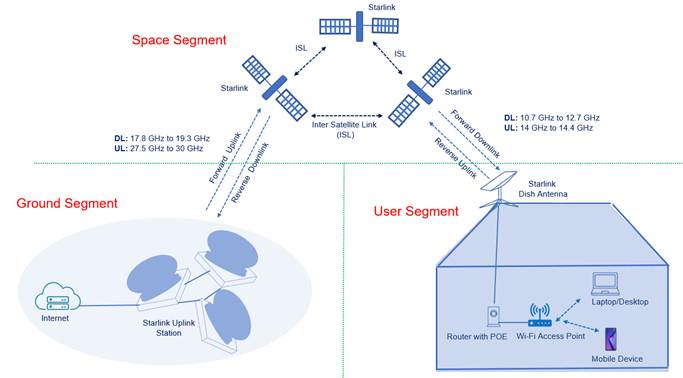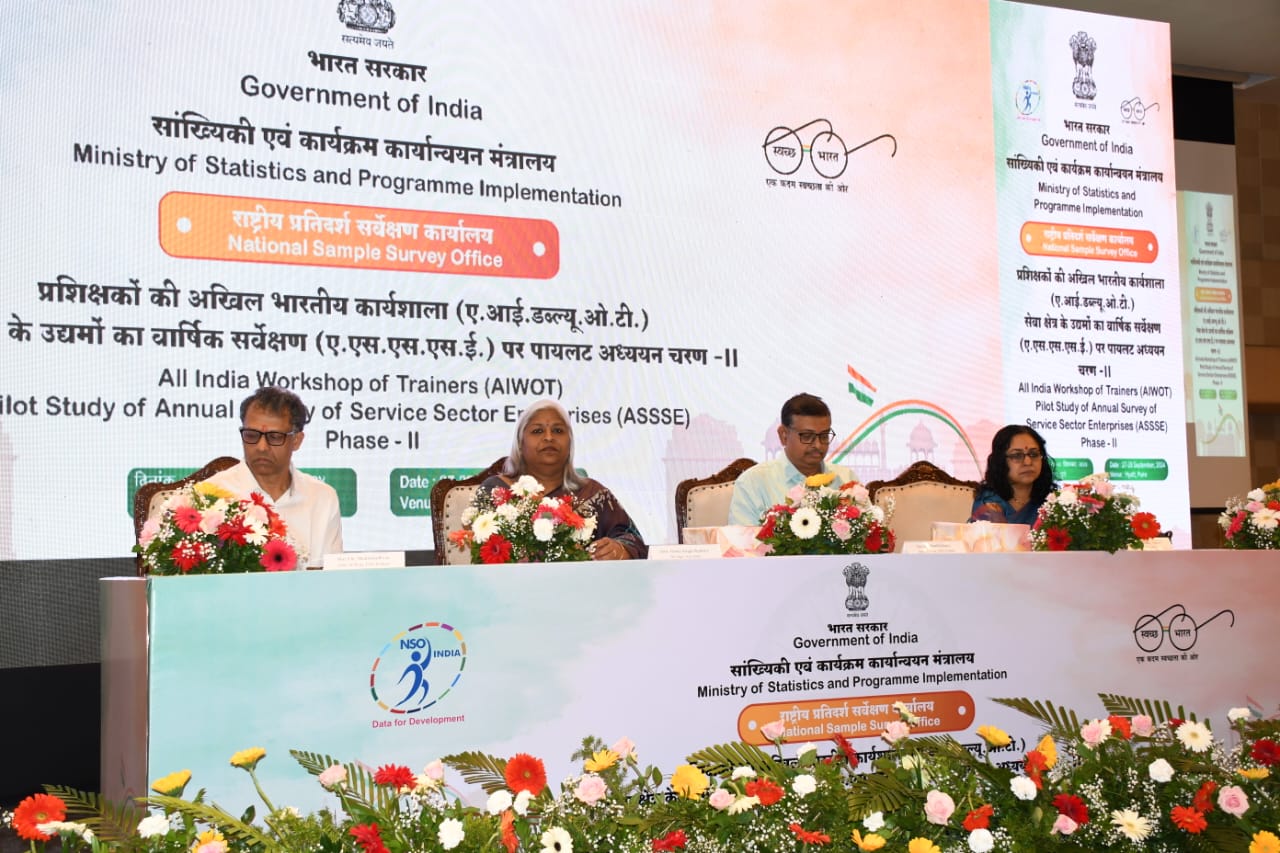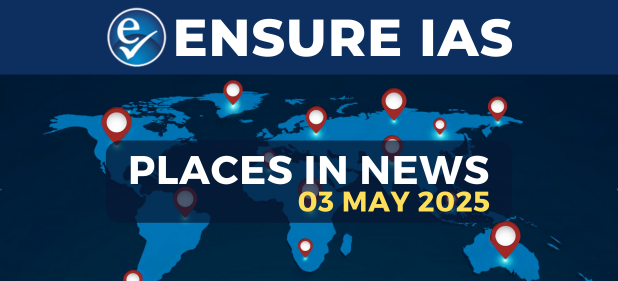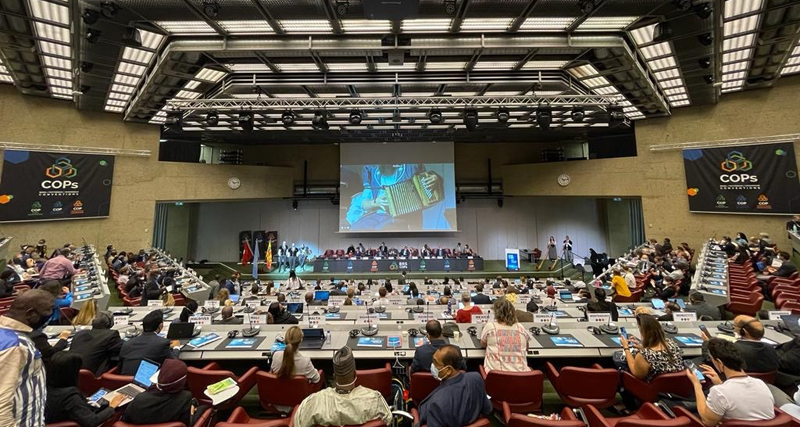- Courses
- GS Full Course 1 Year
- GS Full Course 2 Year
- GS Full Course 3 Year
- GS Full Course Till Selection
- CSAT
- 5 LAYERED ARJUNA Mentorship
- Public Administration Optional
- Online Program
- GS Recorded Course
- NCERT (Recorded 500+ Hours)
- Polity Recorded Course
- Geography Recorded Course
- Economy Recorded Course
- AMAC Recorded Course
- Modern India, Post Independence & World History
- Environment Recoded Course
- Governance Recoded Course
- Science & Tech. Recoded Course
- International Relations and Internal Security Recorded Course
- Disaster Management Module Course
- Ethics Recoded Course
- Essay Recoded Course
- Current Affairs Recoded Course
- ABOUT US
- OUR TOPPERS
- TEST SERIES
- FREE STUDY MATERIAL
- VIDEOS
- CONTACT US
How Will Elon Musk's Starlink Help Indian Internet Users?
How Will Elon Musk's Starlink Help Indian Internet Users?
17-03-2025
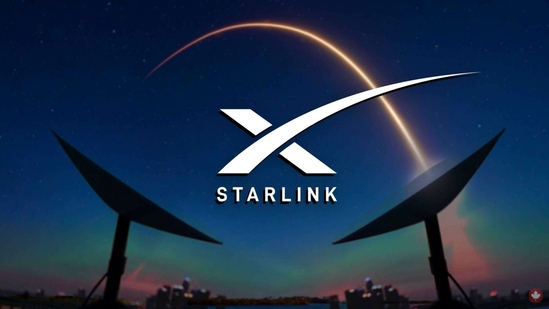
-
In march 2025, Elon Musk's SpaceX announced that they will soon launch its Starlink satellite internet service in India.
- The country’s two largest telecom companies, Bharti Airtel and Reliance Jio, have signed agreements with SpaceX to offer satellite broadband services.
- Coverage in 125 Countries: Starlink currently provides internet services in over 125 markets around the world.
- Ukraine has heavily relied on Starlink for its internet connectivity, especially during times of crisis.
- Starlink has been waiting since 2022 to get the necessary licenses to operate in India.
- The approval has been delayed for reasons, including national security concerns.
What is Starlink?
|
How Starlink Will Help Indian Users:
- The expert explained that Starlink will be key to connecting remote areas where traditional internet services haven’t reached or where the connection is very slow.
- Satellite internet will be available wherever there’s an open space, without needing wires or towers.
- Starlink uses satellites in low Earth orbit to provide high-speed internet to places that are hard to reach by conventional methods.
- This will help improve internet access for many people, especially in rural or isolated locations.
- Airline Connectivity: Once launched, Starlink will also offer internet services on domestic flights.
- This is already a service in many countries outside India, and it will soon be available to Indian travelers as well.
- The expert mentioned that while the technology is promising, there could be occasional failures in hardware or technology, but such issues will be rare.
Significance of Starlink's Deals with Airtel and Jio:
- Reliance Jio, the largest telecom operator in India, will sell Starlink equipment in its retail stores, providing a wide distribution network for the service.
- Similarly, Bharti Airtel, India’s 2nd-largest telecom operator, has also partnered with Starlink to offer the service.
- Government Approval Needed: Both Airtel & Jio’s partnerships with Starlink depend on government approval for the service to operate in India.
- Once the government gives its approval, the service will be available to the public.
How Starlink Will Initially Be Used:
- B2B Services: Initially, Starlink's satellite broadband will likely be used for business-to-business (B2B) services, such as for enterprises, factories, and industries in sectors like education and health.
- The expert mentioned that the service could be expensive at first, though the pricing will depend on subsidies and government support.
- It is expected that Jio and Airtel might offer free trials for a period when the service launches to attract consumers.
Drawbacks of Starlink
- High cost: The deployment and operational costs of LEO satellites can lead to premium pricing and limited data plans for consumers.
- Scalability issues: Expanding the network to accommodate a larger user base without sacrificing performance remains a challenge.
- Weather interference: Satellite signals can be disrupted by weather conditions such as heavy rain or storms.
- Higher latency in urban areas: In cities with fiber-optic infrastructure, Starlink may experience higher latency and lower capacity, making it less competitive compared to terrestrial broadband.
Can Satellite Internet End the Digital Divide?
- 91% of Indians Believe 'Yes'
- India is about to experience a digital revolution, and satellite internet is being seen as a key to making this happen.
- A recent survey by LocalCircles shows that 91% of people believe that satellite internet will be a game-changer, especially in areas where traditional internet networks don’t reach.
Growth of the Satellite Internet Market in India
- India's share in the global satellite internet market is small but growing quickly:
- In 2022, India made up just 3% of the global satellite internet market, which was valued at $3 billion.
- By 2030, India’s market for satellite broadband is expected to reach $1.9 billion, growing at a rate of 36% per year.
- Currently, satellite internet in India mostly serves businesses (for rural connectivity, disaster response, and company-to-company communication).
- But with increasing demand and new partnerships, the market is set to change significantly.
|
Do you know ?
Attractive Opportunities
Policy Support
Increasing Investments and Government initiatives :
|
|
Also Read |
|
| FREE NIOS Books | |

